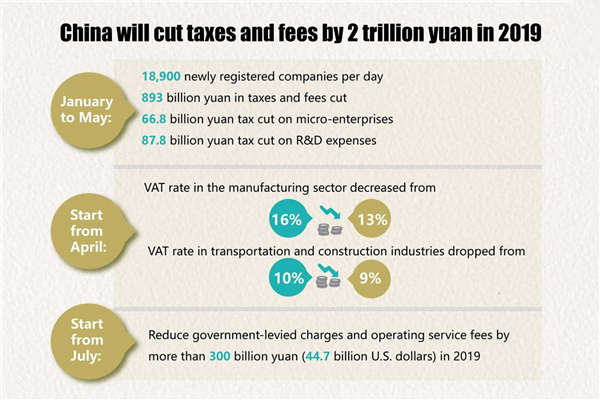Australian SME growth barriers represent a significant challenge for the majority of small and medium-sized enterprises in the country. Despite accounting for 98% of all Australian businesses, many face obstacles that hinder their potential for growth and scalability. Common issues such as inadequate financial planning for SMEs, employee retention struggles, and business scalability problems often trap these organizations. Furthermore, the traditional small business challenges in Australia, including regulatory compliance and market competition, create added pressure on these enterprises. To foster a more vibrant economic landscape, it is essential to identify and address these barriers proactively, allowing SMEs to develop effective growth strategies that ensure their long-term success.
In Australia, small to medium enterprises (SMEs) are often viewed as essential drivers of economic growth, yet many of them encounter substantial hurdles that impede their advancement. These growth challenges, often rooted in financial management, workforce issues, and operational inefficiencies, prevent businesses from effectively scaling up. The struggles with attracting and keeping talent, navigating compliance regulations, and implementing robust growth strategies for SMEs are common threads woven through the experiences of many business owners. Recognizing the difficulties faced by these companies is crucial for creating effective solutions. By understanding the underlying factors that contribute to the stagnation of SMEs, stakeholders can better support these enterprises in overcoming obstacles and achieving sustainable growth.
Understanding the Growth Ceiling Facing Australian SMEs
The growth ceiling facing Australian SMEs, which represents an astonishing 98% of all businesses, can often seem insurmountable. This growth barrier is not simply a reflection of external market conditions but rather the culmination of internal operational inefficiencies, strategic missteps, and lack of financial foresight. As SMEs venture beyond their initial stages, they commonly encounter what can be termed the ‘growth wall’, which stifles their potential despite the high aspirations of their founders. The fundamental challenge lies in transitioning from revenue-focused strategies to comprehensive growth strategies that encompass scalability, operational efficiency, and proactive financial management.
In order to dismantle this growth ceiling, SMEs must first acknowledge the specific barriers that impede progress. These include the overreliance on founder-driven decision-making, inadequate strategic financial planning, and a chaotic operational framework that fails to scale. By understanding these challenges, business owners can strategically address them, implementing robust systems that facilitate sustainable growth while allowing for the agility that SMEs are known for. The path to breaking through the growth ceiling necessitates a delicate balance between maintaining the entrepreneurial spirit and establishing the structured approach needed for scalability.
Frequently Asked Questions
What are common small business challenges in Australia that hinder growth?
Common small business challenges in Australia include a lack of strategic financial planning, overreliance on founders, difficulties in employee retention, and regulatory compliance burdens. These challenges often prevent SMEs from scaling operations effectively and reaching their growth potential.
How can Australian SMEs implement growth strategies effectively?
Australian SMEs can implement effective growth strategies by focusing on building mature operational systems, investing in financial planning, empowering team members, and clearly defining their core services. Establishing well-structured governance and seeking external advice can also support sustainable growth.
What role does financial planning play in overcoming growth barriers for SMEs in Australia?
Financial planning is crucial for Australian SMEs as it helps them anticipate funding needs, manage cash flow, and prepare for growth opportunities. A proactive approach to financial management—such as scenario modeling—enables businesses to navigate economic uncertainties and invest in expansion strategies.
What business scalability issues do Australian SMEs typically face?
Australian SMEs often face business scalability issues such as insufficient operational processes, inadequate financial systems, and dependency on key individuals. These factors can lead to a lack of capacity to manage increased demand or complexity, ultimately stalling growth.
How can SMEs improve employee retention to support growth in Australia?
To improve employee retention, Australian SMEs can enhance workplace culture, offer flexible work arrangements, and provide clear career progression paths. Investing in employee satisfaction and engagement can significantly reduce turnover rates and contribute to a more stable workforce.
What are the regulatory challenges impacting SME growth in Australia?
Regulatory challenges impacting SME growth in Australia include navigating tax compliance, workplace laws, and data protection regulations. SMEs often lack the resources to manage these complexities effectively, leading to potential penalties and increased operational risks.
Why is it important for Australian SMEs to know when to say no to clients?
It is important for Australian SMEs to know when to say no to clients to avoid overextending resources, maintaining quality, and ensuring focus on their core capabilities. By being selective, businesses can strengthen their service offers and ensure sustainable growth without diluting their brand.
| Barrier | Description | |
|---|---|---|
| Too much focus on revenue | SMEs often prioritize immediate revenue generation over long-term sustainable growth planning, leading to inadequate operational systems. | |
| Lack of strategic financial planning | Many SMEs fail to plan financially until in distress, missing growth opportunities because of inadequate forecasting and funding access. | |
| Overreliance on founders (and early employees) | Businesses depend heavily on key individuals for decision-making, which creates a single point of failure hindering scalability. | |
| Not knowing when (or how) to say no | Businesses often accept every project, leading to a diluted focus and compromised quality as they stretch their resources. | |
| Ignoring talent and culture | Attracting and retaining employees is challenging without a strong culture or development paths, resulting in high turnover. | |
| Compliance overload and regulatory fatigue | SMEs struggle with the complex regulatory landscape without the resources of larger firms, risking penalties that could impede growth. | |
| Recommendation | To overcome these barriers, SMEs must adopt strategic planning, invest in systems early, foster a strong company culture, and seek support to navigate compliance. | |
Summary
Australian SME growth barriers are significant challenges that hinder the expansion and sustainability of small to medium-sized enterprises in the country. With the right approaches to finance, operational management, team dynamics, and compliance, businesses can break through these barriers. By prioritizing strategic planning and investment in systems and culture, Australian SMEs can overcome the growth ceiling and achieve lasting success.



